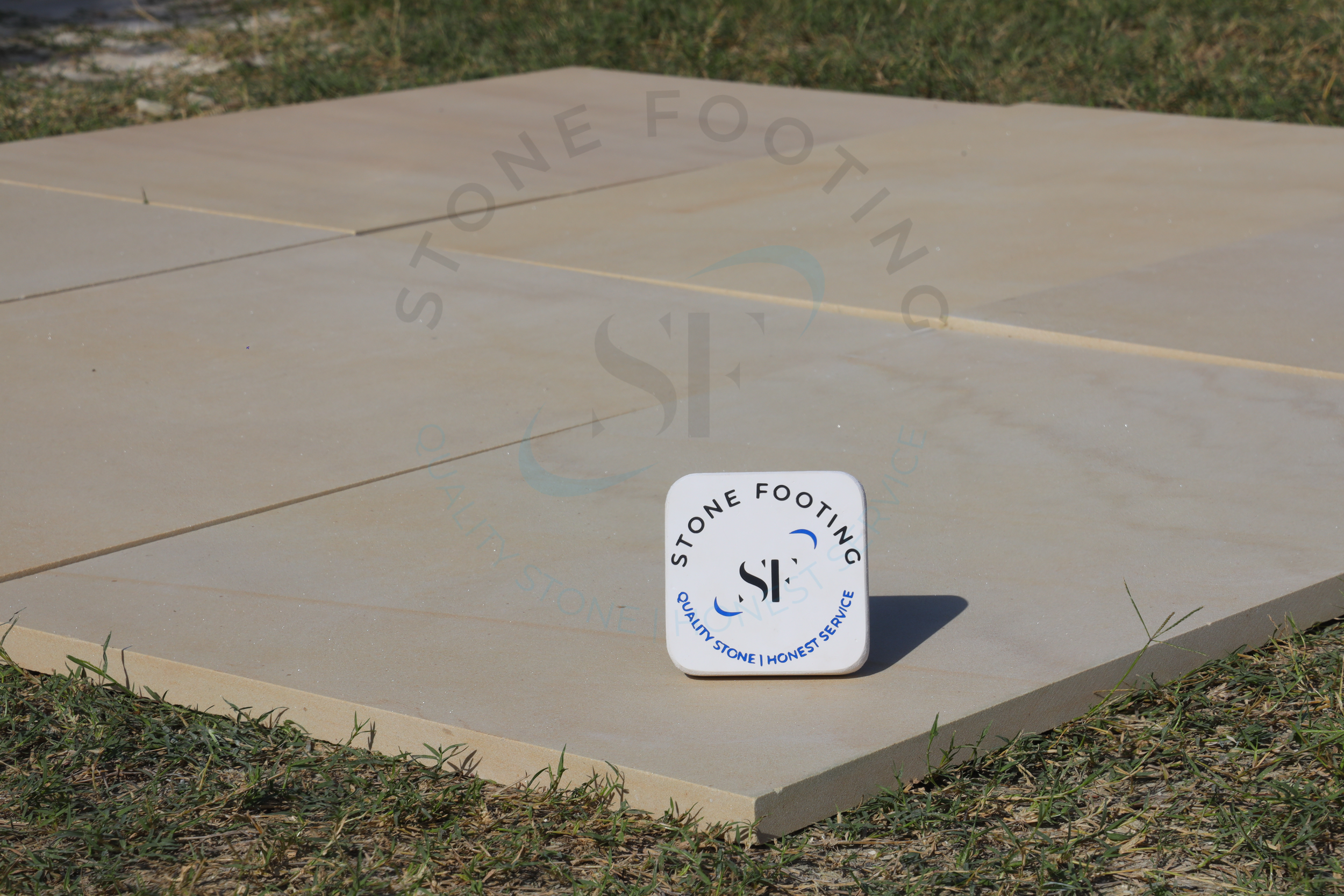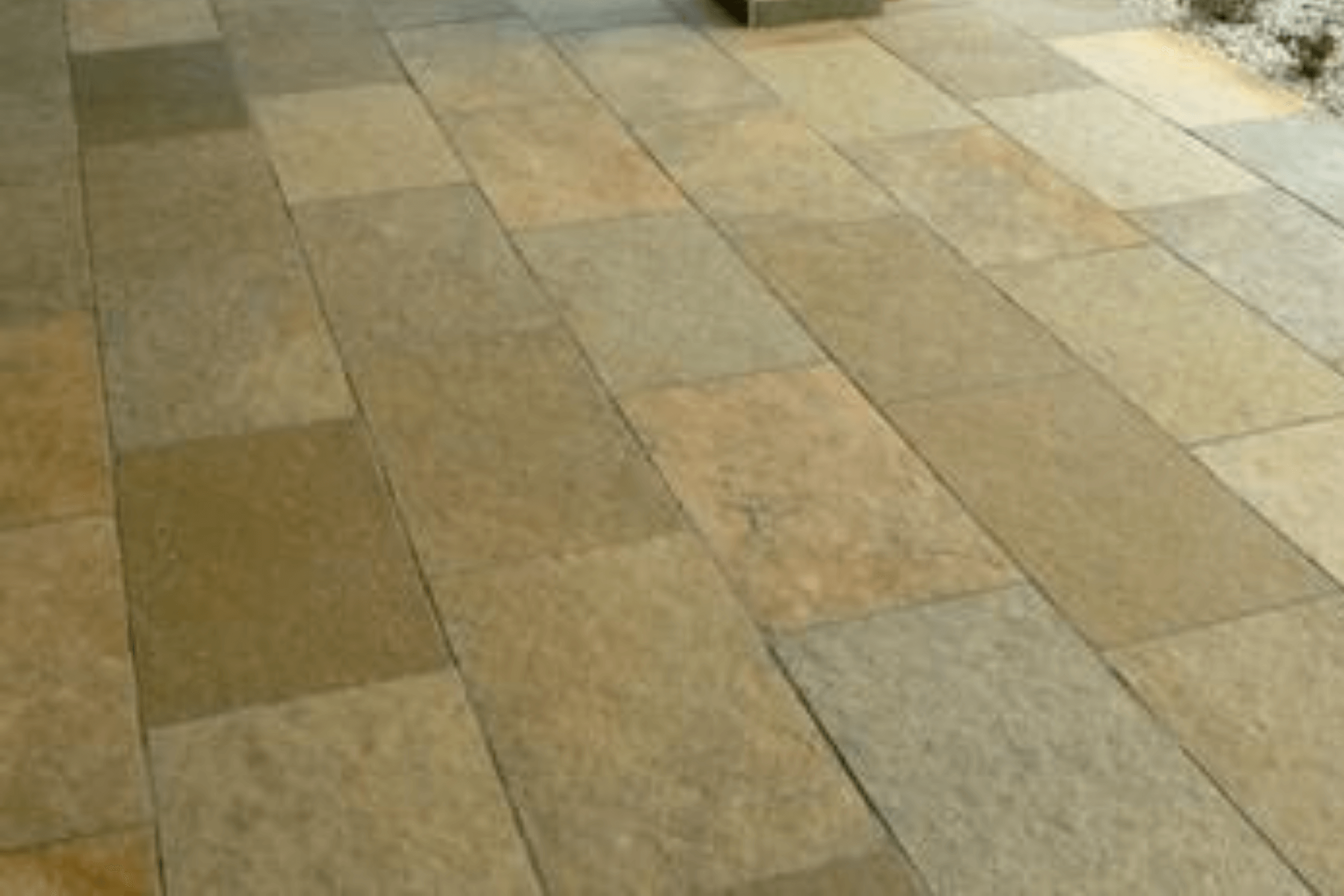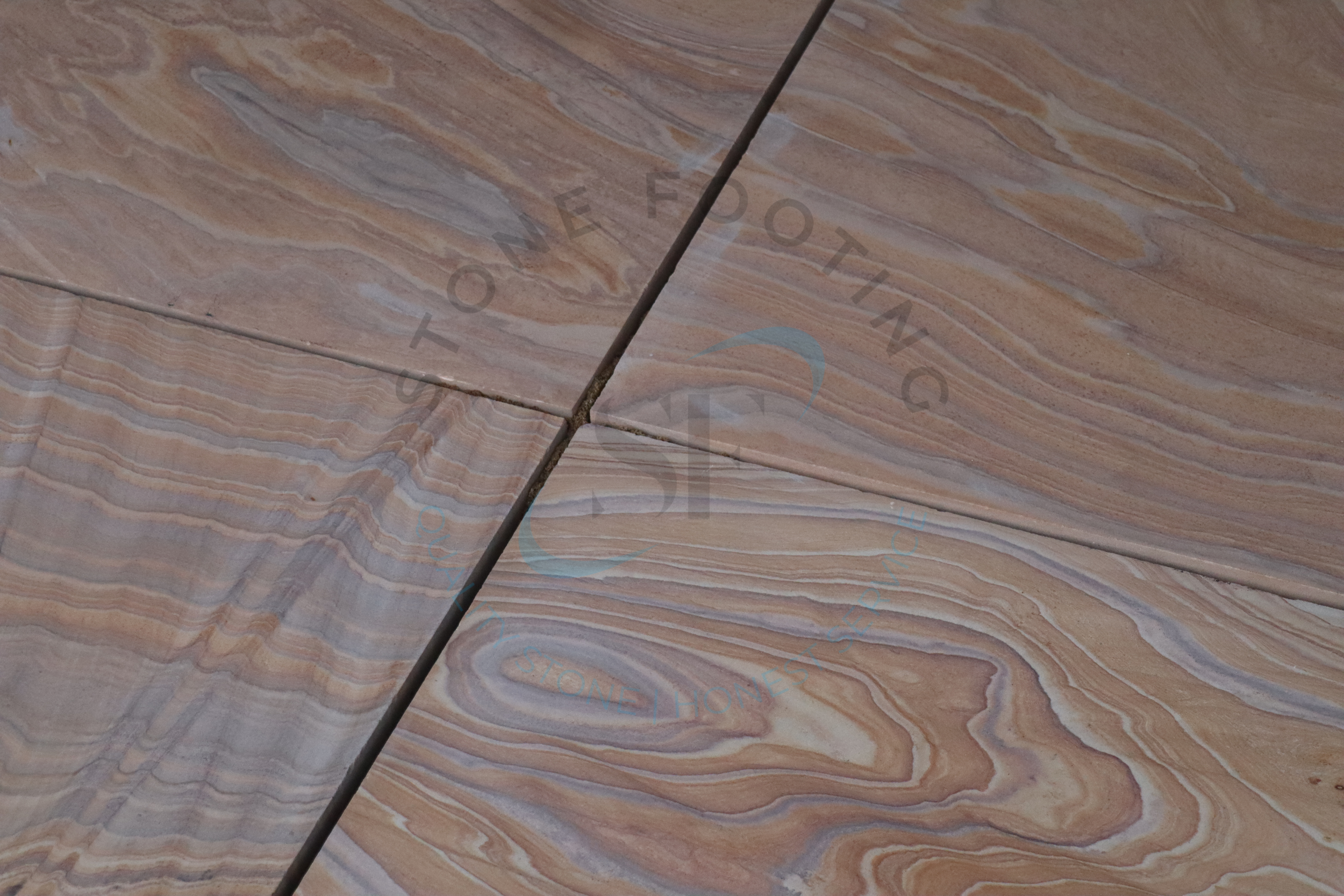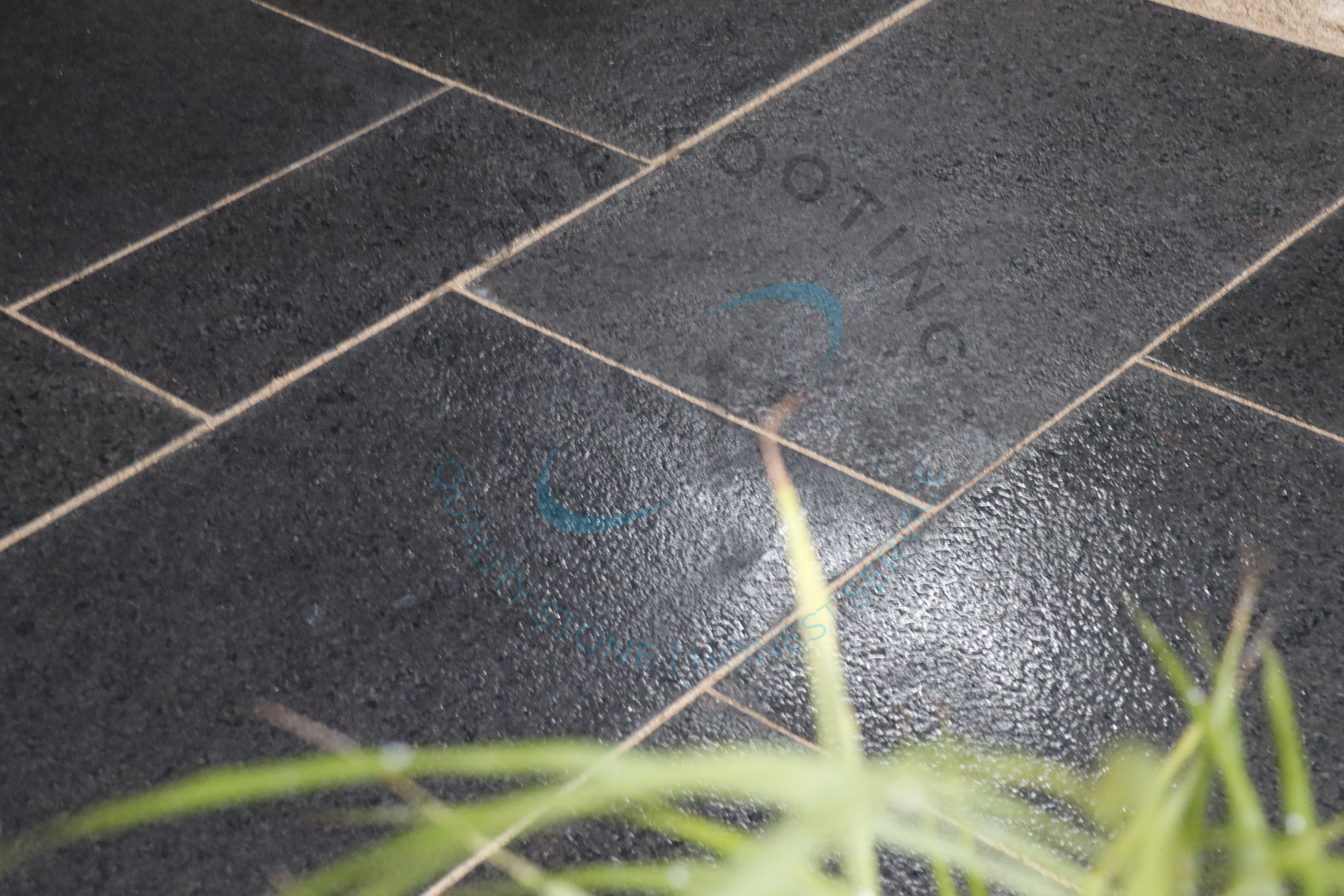From Traditional To Modern: Creative Applications Of Cobbles And Setts In Architecture

Cobbles and setts have been used for centuries as durable and versatile materials for paving and construction. With advancements in design and technology, the creative potential of these materials has expanded, offering architects and designers new opportunities to incorporate cobbles and setts in modern and innovative ways. From traditional to modern, the creative applications of cobbles and setts in architecture continue to evolve, creating unique and visually stunning designs. In this article, we will explore the types of cobbles and setts commonly used in architecture and how they are creatively applied in contemporary design.
Types of Cobbles
Cobbles are natural stones that have been shaped and smoothed by the action of water over time. They are typically round or oval in shape and range in size from small pebbles to larger rocks. The most common types of cobbles used in architecture are granite, limestone, sandstone, and basalt.
- Granite Cobbles
Granite cobbles are a popular choice for architecture due to their durability and strength. They are resistant to weathering and erosion, making them ideal for outdoor use in areas with harsh climates. Granite cobbles are available in a range of colors, including grey, black, red, and pink.
- Limestone Cobbles
Limestone cobbles are another popular choice for architecture due to their natural beauty and versatility. They are available in a range of colors, including beige, yellow, and grey. Limestone cobbles are softer than granite cobbles, which makes them easier to shape and work with.
- Sandstone Cobbles
Sandstone cobbles are a popular choice for architecture due to their natural beauty and texture. They are available in a range of colors, including beige, brown, and red. Sandstone cobbles are softer than granite cobbles, which makes them easier to shape and work with.
- Basalt Cobbles
Basalt cobbles are a popular choice for architecture due to their natural beauty and durability. They are resistant to weathering and erosion, making them ideal for outdoor use in areas with harsh climates. Basalt cobbles are available in a range of colors, including grey, black, and brown.
Types of Setts
Setts are rectangular or square stones that have been shaped and smoothed by hand or machine. They are typically smaller than cobbles and are often used in paving and landscaping applications. The most common types of setts used in architecture are granite, limestone, sandstone, and porphyry.
- Granite Setts
Granite setts are a popular choice for architecture due to their durability and strength. They are resistant to weathering and erosion, making them ideal for outdoor use in areas with harsh climates. Granite setts are available in a range of colors, including grey, black, red, and pink.
- Limestone Setts
Limestone setts are another popular choice for architecture due to their natural beauty and versatility. They are available in a range of colors, including beige, yellow, and grey. Limestone setts are softer than granite setts, which makes them easier to shape and work with.
- Sandstone Setts
Sandstone setts are a popular choice for architecture due to their natural beauty and texture. They are available in a range of colors, including beige, brown, and red. Sandstone setts are softer than granite setts, which makes them easier to shape and work with.
- Porphyry Setts
Porphyry setts are a popular choice for architecture due to their natural beauty and durability. They are resistant to weathering and erosion, making them ideal for outdoor use in areas with harsh climates. Porphyry setts are available in a range of colors, including grey, black, and red.
Also Read : Which Cobblestone Is Best For A Driveway?
Creative applications of cobbles and setts in architecture:
Cobbles and setts have been used in architecture for centuries, and their enduring charm and durability continue to make them popular choices for contemporary architects and designers. These materials have a unique ability to add depth, texture, and character to any architectural design, from traditional buildings to modern structures. Let’s explore the creative applications of cobbles and setts in architecture under three subheads:
Traditional Applications of Cobbles and Setts in Architecture
One of the most traditional applications of cobbles and setts is in the creation of pathways and driveways. In historic cities and towns throughout Europe, cobbles and setts can still be seen in use today, creating beautiful and timeless streetscapes. These materials have a unique ability to add a sense of history and character to a building’s surroundings, creating a feeling of timelessness and permanence.
Cobbles and setts have also been used in traditional architectural elements such as arches, columns, and walls. The natural beauty of cobbles and setts enhances the grandeur of traditional buildings and can be seen in historic structures such as churches, cathedrals, and castles.
Modern Applications of Cobbles and Setts in Architecture
Contemporary architects and designers have found innovative ways to incorporate cobbles and setts into modern structures. For example, cobbles and setts can be used to create stunning terraces, pathways, and garden features that are both functional and visually appealing. Whether you’re designing a public park or a private garden, cobbles and setts can help you create an outdoor space that is both inviting and memorable.
Another exciting application of cobbles and setts is in the creation of feature walls and façades. With their rich textures and natural colors, these materials can create a striking contrast with modern architectural elements, such as glass and steel. When used creatively, cobbles and setts can add a sense of depth and character to a building’s exterior, making it stand out in a way that is both elegant and timeless.
Innovative Applications of Cobbles and Setts in Architecture
Perhaps one of the most innovative applications of cobbles and setts is in the creation of 3D-printed architectural elements. With the use of digital tools and advanced materials, designers are now able to create custom cobbles and setts that can be used to create unique façades and interior spaces. These elements can be used to create intricate patterns, textures, and shapes that are not possible with traditional paving techniques, opening up a whole new world of creative possibilities for architects and designers.
Cobbles and setts are also eco-friendly materials that can be used to create sustainable designs. As these materials are natural and durable, they require less maintenance and have a longer lifespan than synthetic materials. This makes them an ideal choice for sustainable architecture, where the goal is to create buildings that have a minimal impact on the environment.
In conclusion, cobbles and setts have a rich history in architecture and continue to be popular choices for modern designers. Whether used in traditional or contemporary designs, these materials have a unique ability to add texture, depth, and character to any architectural project. With innovative applications such as 3D-printed elements, the creative possibilities of cobbles and setts in architecture are endless.
If you’re looking for high-quality natural stone products for your architectural or landscaping projects, look no further than Stone Footing! As a leading natural stone wholesaler in the UK, we offer a wide range of premium stone products, including cobbles and setts, at competitive prices. Contact us today to learn more about our products and how we can help bring your creative design ideas to life!




